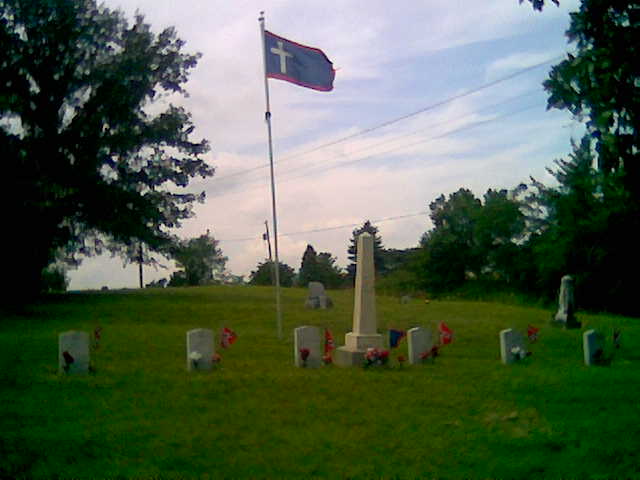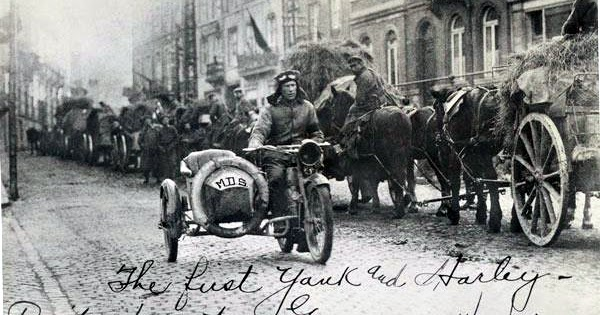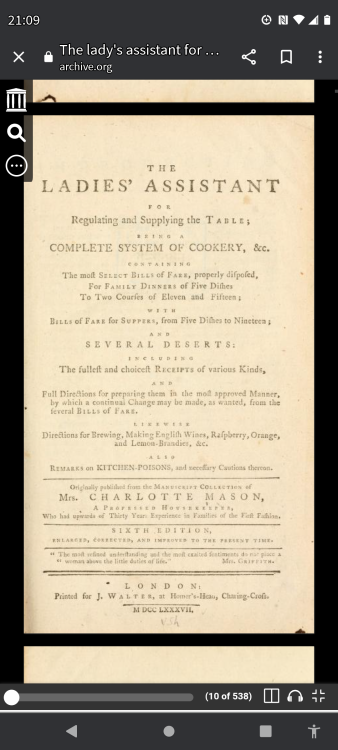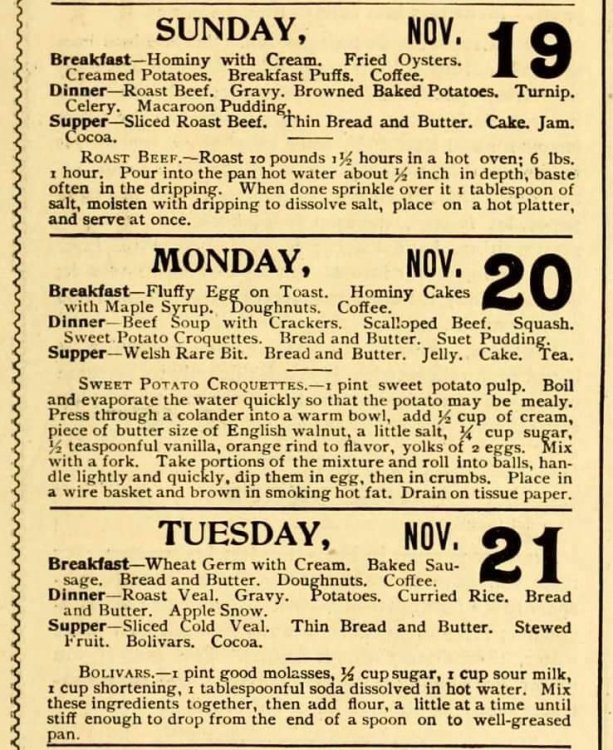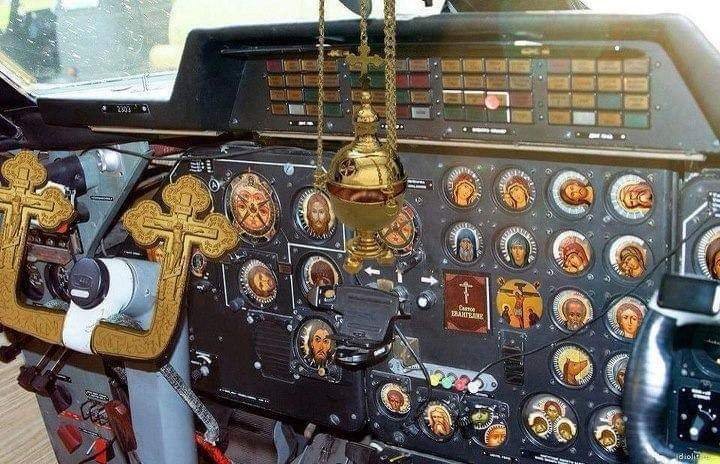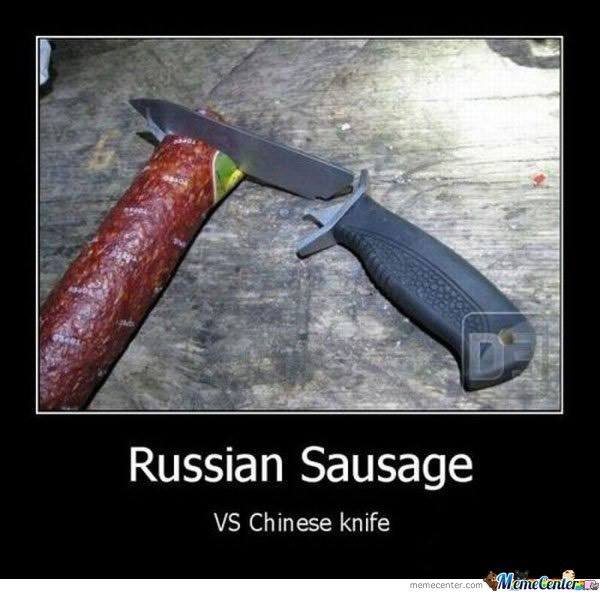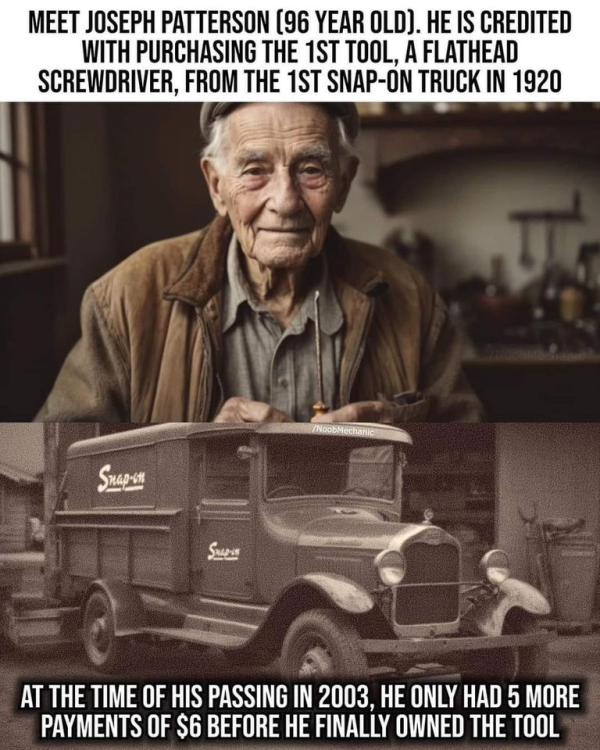-
Posts
47,461 -
Joined
-
Last visited
-
Days Won
593
Content Type
Profiles
Forums
Events
Everything posted by Subdeacon Joe
-
https://youtube.com/shorts/OZ8XemiQD6Y?si=ZAPuEGRTtxOtYiil
-
I had forgotten about this on. I had used a frozen pork shoulder that I had scored the skin, added salt and pepper, then vac packed and frozen. Pork and Pickled Onions Ingredients 4 medium sized sweet onions (such as Vidalia) 2 cups Cider Vinegar (can use white vinegar) 1 cup white sugar 1 teaspoon salt (I use kosher) ½ teaspoon black pepper ¼ teaspoon garlic powder Instructions 1. Place all ingredients except onions into sauce pot over medium high heat. Bring just to a boil while stirring often. 2. While cider is coming to a boil, peel onions and slice into rings. Separate each ring. 3. When mixture comes to a boil remove from heat and add in onions. Stir and allow to sit for five minutes, or until onions have wilted down into vinegar some. Stir again and let sit for another five minutes. 4. Place in container, cover, and refrigerate until well chilled and ready to serve. Serve as a side relish or a topping on pinto beans, cornbread, etc. 4 1/2 pound picnic shoulder, skin scored and coated with salt and pepper-best if it can stand overnight.. Put it in a 6 qt. slow cooker and pour about 2 quarts of onions and the pickle over it and add two bay leaves and about a dozen whole allspice. Let stand at least two hours. Turned on low for ab out 7 hours. (I checked the temperature and it was about 200 F. Was going to put it in the oven to crisp up the skin. Nope, fell apart as I lifted it from the pot. Shreds almost by looking at it.) Drained off and skimmed the juices. Then reduced them by half. Moisten the meat with the stock. Good stuff.
-
-
Joe Lovell · Shared with Public Hillebrand Rifles · US Army Corporal Roy Holtz, first US soldier and first Harley Davidson in Germany at the end of World War 1, 12 November 1918. On November 8 of 1918, rumors circulated that the war was nearing an end. Stationed in Belgium, Holtz was ordered to take his Captain out on a night mission. A dispatch rider, Holtz was on his Harley-Davidson model J with the Captain riding in the sidecar. Holtz, familiar with the region suggested a safe route; the Captain ordered a different route and they got lost, dangerously close to German lines. They approached a farmhouse with light coming from the windows. Holtz’s Captain told him to knock on the door and ask directions. The disgruntled Corporal approached the door as ordered. When it opened, he instinctively stepped in, out of the rain. He was greeted by German officers of the Fifth Bavarian Division. Holtz was right; they had ridden right into enemy hands. The Germans told him to summon his captain. Not using “Sir,” or “Captain,” he shouted “Hey Sam, come on in.” The Captain was shocked upon arriving indoors, only to hear Holtz grumble “See what your blasted directions got us into?” A German General ordered one of his men to summon an interpreter. The son of German immigrants, Holtz informed him that he could speak German. He was then escorted to a separate room for further questioning. The General poured them two drinks. Thinking it was either schnapps or poison, he waited for the General to take the first sip. After the General stated a hearty “Gesundheit,” and downed his drink, Holtz felt more at ease and drank his. It was neither poison nor schnapps, but a potato whisky that Holtz said burned like fire. The Germans tried to get information from Holtz, with no success. The American soldiers were to be delivered to headquarters for further questioning. With Holtz and the Captain back on the bike and sidecar, the German guard rode on the rigid luggage rack over the rear wheel. Holtz deliberately hit every bump and pothole he could, and with as much speed as possible. The more the German complained, the more aggressively Holtz rode. Both Holts and his Captain were incarcerated until November 11, the day the Armistice was signed, ending the War. A German guard approached with the message “The war is at an end.” Holtz and the Captain had their weapons, gear, and motorcycle returned to them. They began the long journey back to their camp, but had no idea where they were. They stopped at a small Belgian village, asking the local priest for directions. The priest was thrilled. The sight of American soldiers confirmed the war’s end. He ordered a tolling of the church bells and the townspeople came out to celebrate. After spending the night, they got their bearings and returned to their camp. Their outfit was already pulling up stakes to move. Later that day, Roy Holtz entered Germany riding his trusty Harley-Davidson. He was the first American to enter Germany. A local photographer had taken notice of the German military heading toward home. They were not in a march step, which was the norm in wartime, but moving at a casual pace. He set up his camera and began to document the event. As he did so, Holtz rode into view and stopped, waiting to turn left. The photographer caught the historic moment and the photo remains today an iconic piece of H-D history. https://www.harley-davidson.com/.../The-First-Yank-and...
-
-

its solar eclipse monday Another Monday
Subdeacon Joe replied to Father Kit Cool Gun Garth's topic in SASS Wire Saloon
Monday is the best day of the week! It's as far as you can get from the next Monday! -
We went through much the same process of experimentation, except we found that even mixing it in could cause clogged filters and overflow. We settled on breaking cinnamon sticks into shards would infuse the coffee and not clog the filters.
-
-
-
Interesting reading https://archive.org/details/billoffareforeve00brya/page/n1/mode/1up?ref=ol&view=theater
-
It's that time of year, so they say. EGGNOG. This first is from a Tictoker, unfortunately he doesn't mention the source: Eggnog from 1895 Taken from an 1895 cookbook via: B. Dylan Hollis Ingredients 5 Eggs 1 Cup Sugar 2 Cups Whole Milk 1 Cup Heavy Cream 4 Cloves 1 Tbs Cinnamon Instructions Add 5 egg yolks (save the whites for later) to a mixing bowl Mix in 1 cup sugar until smooth Add milk and heavy cream to a cauldron (or sauce pan if you don't have a cauldron) stir in 4 whole cloves and cinnamon. Scald the milk then use about half the milk mixture to temper the eggs. Add the eggs back into the rest of the milk mixture and heat over low heat until thick. Strain the mixture to remove the cloves and allow to cool slightly. Whip 5 egg whites to stiff peaks with nutmeg and vanilla to taste Stir the egg white mixture into the egg and milk mixture. You can return to heat if you're not comfortable with uncooked egg whites. Refrigerate until ready to use. Top with more nutmeg and add rum if desired. It does involve some cooking but is well worth it. If you search for him on Youtube you will find his short video. This second one I don't recall where I got it, but it is also insanely delicious: Eggnog Ingredients 4 egg yolks 1/3 cup sugar, plus 1 tablespoon 1 pint whole milk 1 cup heavy cream 3 ounces bourbon 1 teaspoon freshly grated nutmeg 4 egg whites*= Directions In the bowl of a stand mixer, beat the egg yolks until they lighten in color. Gradually add the 1/3 cup sugar and continue to beat until it is completely dissolved. Add the milk, cream, bourbon and nutmeg and stir to combine. Place the egg whites in the bowl of a stand mixer and beat to soft peaks. With the mixer still running gradually add the 1 tablespoon of sugar and beat until stiff peaks form. Whisk the egg whites into the mixture. Chill and serve. So enjoy Eggnog any time you like. Wonderful stuff.
-
-
You gotta admit, there is a passing semblance.
-
Did you get a cut?
-
-
At least not that the USCG will admit.
-
1939 Mercier Moto-Chenille | France The Mercier Moto-Chenille is a motorcycle with a track instead of a front wheel. The motorcycle engine is located at the front of the rider, on the front fork (or right up on the handlebars). The motorcycle was developed for the Swiss army, but it so happened that its prototype was tested on hilly terrain in France. The tracked motorcycle Mercier was equipped with a 350 ccm JAP OHV engine, around which the basic design of the machine was concentrated. The JAP engine produced 10 hp at 3000 rpm and was able to speed the motorcycle up to 65 km/h. Additional cooling of the cylinder head was provided by a fan, which was driven by the engine. Considering Mercier's invention to be very useful, French military conducted a test-drive of the prototype in 1939, and according to its results the vehicle was recommended for production with modifications, which, in turn, were rejected by the manufacturer. History has preserved information about a small batch of only three units of tracked motorcycles Moto-Chenille, with quite technological for that time JAP OHV engines and a very unusual appearance.
-
-
That's GORGEOUS!
-
-
-
-
-
-
THANKS! I watched the video several times and couldn't make sense of it.
